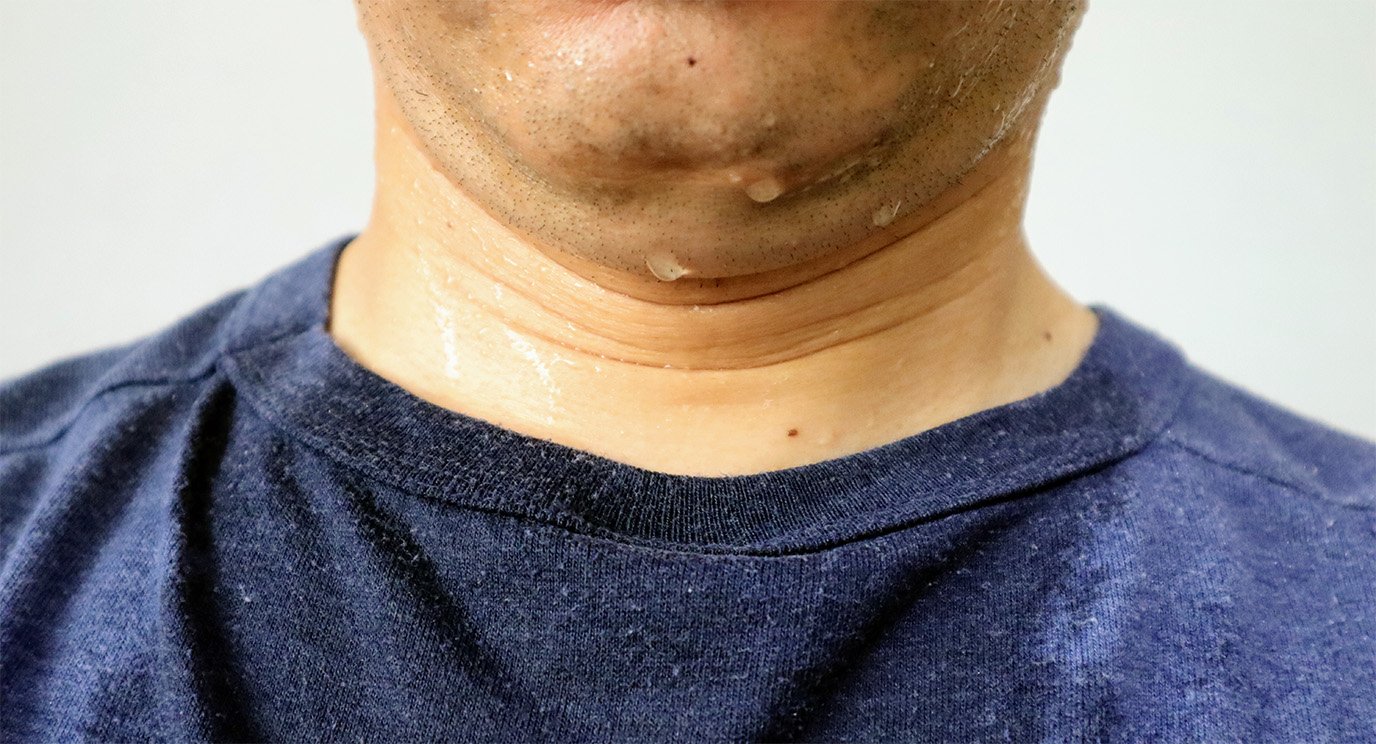- Diseases
- Acoustic Neuroma (16)
- Adrenal Gland Tumor (24)
- Anal Cancer (70)
- Anemia (2)
- Appendix Cancer (18)
- Bile Duct Cancer (26)
- Bladder Cancer (74)
- Brain Metastases (28)
- Brain Tumor (234)
- Breast Cancer (726)
- Breast Implant-Associated Anaplastic Large Cell Lymphoma (2)
- Cancer of Unknown Primary (4)
- Carcinoid Tumor (8)
- Cervical Cancer (164)
- Colon Cancer (168)
- Colorectal Cancer (118)
- Endocrine Tumor (4)
- Esophageal Cancer (44)
- Eye Cancer (36)
- Fallopian Tube Cancer (8)
- Germ Cell Tumor (4)
- Gestational Trophoblastic Disease (2)
- Head and Neck Cancer (14)
- Kidney Cancer (130)
- Leukemia (342)
- Liver Cancer (50)
- Lung Cancer (286)
- Lymphoma (278)
- Mesothelioma (14)
- Metastasis (30)
- Multiple Myeloma (100)
- Myelodysplastic Syndrome (60)
- Myeloproliferative Neoplasm (6)
- Neuroendocrine Tumors (16)
- Oral Cancer (102)
- Ovarian Cancer (178)
- Pancreatic Cancer (160)
- Parathyroid Disease (2)
- Penile Cancer (14)
- Pituitary Tumor (6)
- Prostate Cancer (150)
- Rectal Cancer (58)
- Renal Medullary Carcinoma (6)
- Salivary Gland Cancer (14)
- Sarcoma (238)
- Skin Cancer (300)
- Skull Base Tumors (56)
- Spinal Tumor (12)
- Stomach Cancer (66)
- Testicular Cancer (28)
- Throat Cancer (92)
- Thymoma (6)
- Thyroid Cancer (100)
- Tonsil Cancer (30)
- Uterine Cancer (86)
- Vaginal Cancer (18)
- Vulvar Cancer (22)
- Cancer Topic
- Adolescent and Young Adult Cancer Issues (22)
- Advance Care Planning (12)
- Biostatistics (2)
- Blood Donation (18)
- Bone Health (8)
- COVID-19 (360)
- Cancer Recurrence (120)
- Childhood Cancer Issues (120)
- Clinical Trials (628)
- Complementary Integrative Medicine (22)
- Cytogenetics (2)
- DNA Methylation (4)
- Diagnosis (238)
- Epigenetics (6)
- Fertility (62)
- Follow-up Guidelines (2)
- Health Disparities (14)
- Hereditary Cancer Syndromes (128)
- Immunology (18)
- Li-Fraumeni Syndrome (8)
- Mental Health (122)
- Molecular Diagnostics (8)
- Pain Management (62)
- Palliative Care (8)
- Pathology (10)
- Physical Therapy (18)
- Pregnancy (18)
- Prevention (936)
- Research (390)
- Second Opinion (78)
- Sexuality (16)
- Side Effects (616)
- Sleep Disorders (10)
- Stem Cell Transplantation Cellular Therapy (216)
- Support (408)
- Survivorship (328)
- Symptoms (182)
- Treatment (1788)
Chordoma survivor: 'Put your faith in the doctors'
4 minute read | Published January 15, 2025
Medically Reviewed | Last reviewed by Claudio Tatsui, M.D., and Amol Ghia, M.D., on January 15, 2025
“I was very lucky to go to MD Anderson,” says Chuck Schlesinger.
In early 2015, Chuck was playing tennis when he felt a sharp pain in his neck. Thinking it was a sports-related injury, he went to a local specialist north of Houston to get it checked out. But X-rays revealed a tumor.
The tumor sat in Chuck’s cervical spine, nestled among the bones of his neck. Given the tumor’s location in the delicate cervical vertebrae, his doctor didn’t believe a biopsy was possible. Instead, the doctor recommended doing a biopsy during a very invasive surgery.
“They said they’d have to split my jaw and go through the back of my throat,” says Chuck, who was 62 at the time. Then, he would need chemotherapy and radiation therapy.
Chuck thought that procedure sounded extreme. He worried it would leave him disabled and change his life forever.
He called a friend, who told him, “Chuck, you need to get a second opinion at MD Anderson.”
Second opinion leads to non-invasive procedure
Chuck soon met with neurosurgeon and spine specialist Claudio Tatsui, M.D., who told him MD Anderson could do a biopsy as a quick outpatient procedure.
“That’s when they found out it was chordoma,” says Chuck. This very rare tumor is diagnosed in only 300 to 600 people a year in the United States.
Instead of an invasive surgery, Tatsui recommended stereotactic radiation (SRS), an outpatient procedure offered at MD Anderson. Doctors use radiation to target the tumor with extreme accuracy, protecting the surrounding tissues. Patients are fitted with a mesh frame to wear during the procedure to help them stay still.
In May 2015, Tatsui and radiation oncologist Amol Ghia, M.D., performed the SRS procedure at MD Anderson’s Texas Medical Center Campus. “It only took 30 minutes,” Chuck remembers.
And, how was his recovery? “I had no aftereffects, no pain,” he says. What’s more, Chuck needed only one SRS session. “The radiation was a one-shot deal.”
Stabilization surgery improves patient quality of life
For several months, Chuck remained on surveillance. Tatsui sent him for regular MRIs at MD Anderson The Woodlands, close to his home. The MRIs showed the tumor was shrinking.
Six months after Chuck completed SRS, Tatsui suggested a surgical procedure to stabilize his cervical spine. “He felt that the bone might have deteriorated, so he put some pins in it,” says Chuck.
Chuck was a little concerned.
“I had never had surgery like that before,” he says. “I was a little nervous because he had to go in my neck.”
But the procedure was a success. “I didn’t have any pain,” Chuck noted. And, with some physical therapy, he maintained normal function.
Immunotherapy at MD Anderson treats tumor
Chuck continued regular MRI surveillance and follow-up appointments with Tatsui every six months, then yearly. Seven years after his radiation treatment, MRIs revealed that the chordoma was growing again.
Tatsui consulted with MD Anderson sarcoma oncologist Anthony Conley, M.D. Conley recommended an immunotherapy drug called pembrolizumab, which trains the immune system to recognize and attack cancer.
“Most drugs for chordoma either don’t work or have very limited benefit,” says Conley. But Chuck, who has been taking pembrolizumab since the summer of 2022, remains stable.
He has had nearly two dozen infusions so far. Every six weeks, he receives an infusion at MD Anderson The Woodlands. “It’s very convenient,” he says of the location. “They can do bloodwork, MRIs and CT scans.” Parking is easy, too, he says: “You drive in, and there’s a space. The parking lot is never full.”
The infusion takes 30 minutes. “I’m in and out in two hours,” Chuck says. He gets his infusions first thing in the morning and then goes about his day. “I could play tennis the same day, but I don’t!” he laughs.
A 10-year relationship with MD Anderson and its people
Every few infusions, Chuck travels to MD Anderson’s Texas Medical Center Campus to meet with Conley. And every four months, he gets an MRI and reviews the results with Tatsui. The results are promising.
“We started seeing that the tumor was shrinking,” Chuck says. So far, there is no indication of tumor recurrence, and his doctors believe he is stable.
“I was very lucky to go to MD Anderson,” Chuck says. "If I had gone to another major hospital, my life would be totally changed.” He is grateful for MD Anderson’s careful approach to his care. “We’re going on 10 years, and Dr. Tatsui thinks the tumor is inactive. My treatment was literally lifesaving.”
The people at MD Anderson make the difference for Chuck. “Everybody is so helpful and friendly,” he says. “When I go in for an MRI, they remember the type of music I like.”
So, what would he tell another patient? “Put your faith in the doctors. They know what they’re doing, and they care very much about the outcomes.”
Request an appointment at MD Anderson online or call 1-888-912-0153.
Related Cancerwise Stories

My treatment was literally lifesaving.
Chuck Schlesinger
Survivor





